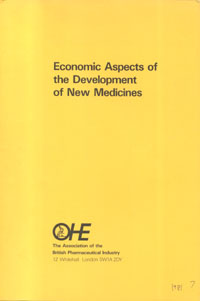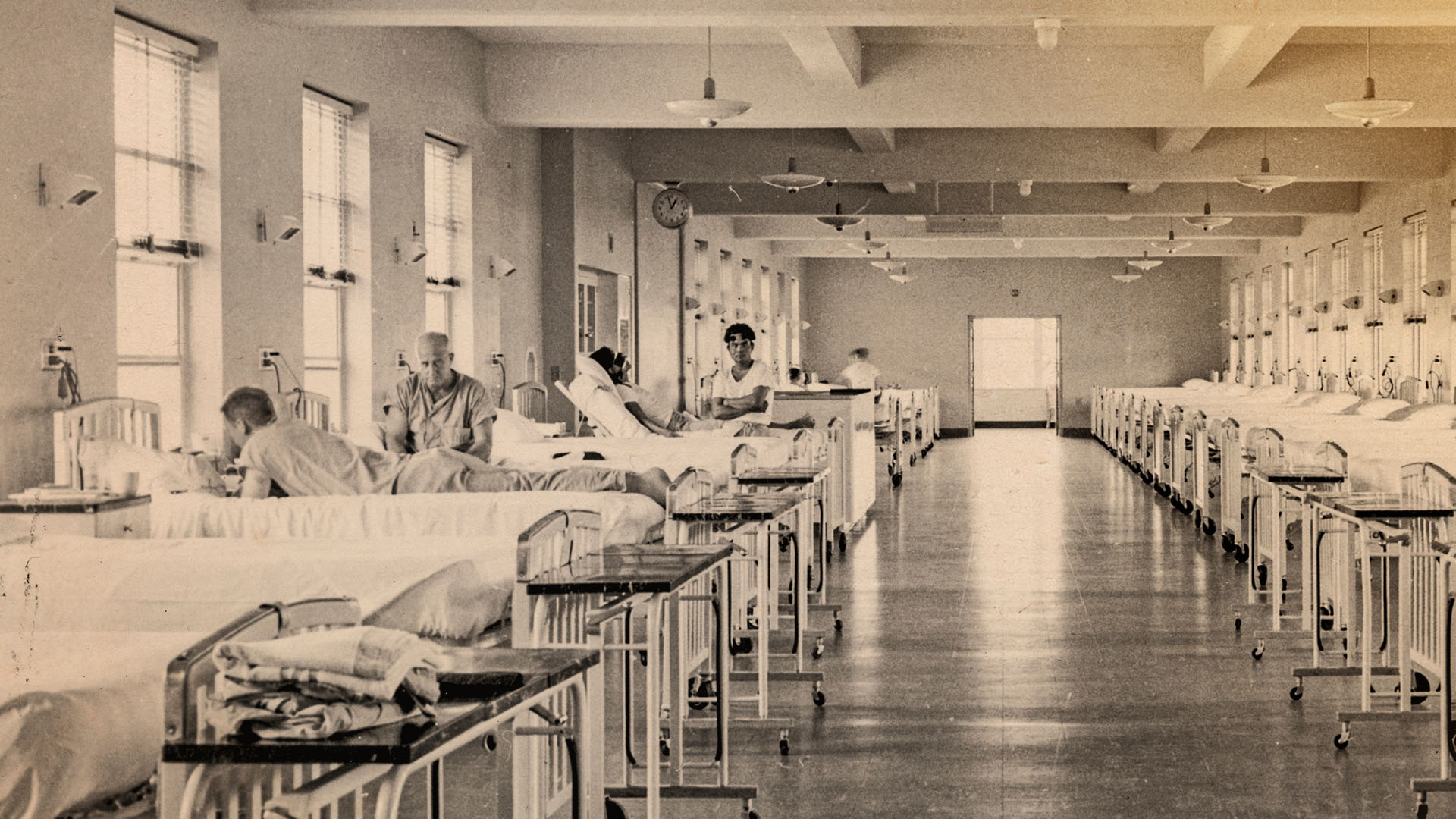Sign up to our newsletter Subscribe
Analysing Global Immunisation Expenditure

A lecture, on the economics of developing new drugs, particularly in relation to whether this should be a national or private enterprise. I have chosen to address myself to a more positive issue. This is the extraordinarily fruitful way in which the relationship…
A lecture, on the economics of developing new drugs, particularly in relation to whether this should be a national or private enterprise. I have chosen to address myself to a more positive issue. This is the extraordinarily fruitful way in which the relationship between the privately owned pharmaceutical companies and the government and universities has evolved in Britain and a few other countries. This evolution has resulted in a partnership which has been remarkably effective in developing, assessing and introducing new methods of preventing and treating disease. My principal theme will be that each party in this tripartite relationship has made its own distinctive contribution to the success of pharmaceutical innovation. On the one hand there has been the spirit of enterprise in the pharmaceutical industry, characterised by competition, innovation, flexibility and a willingness to invest huge sums in risky projects. On the other hand, this has been backed by the academic expertise of the universities and at the same time has been set opposite the combined effects of the government regulatory controls and of the influence on prices from the Health Service. The balance of power between these interacting forces has in the main operated very much in the public interest. However the privately financed pharmaceutical industry, for its part, has had to be constantly vigilant that the forces opposing it do not stifle its creativity. But more of that subject later.
The form of this lecture in developing this theme will .be as follows. I will look first at the history of the industry, and then at its present structure. Next I will examine the sources of pharmaceutical innovation, and the costs and methods employed in pharmaceutical research. This will lead on to a discussion of the economic concomitants of innovation-patents, brand names and information for the prescriber. Next I will look at the pattern and role of competition and at prices and profits in the industry. I will then come back specifically to the effects of the countervailing forces outside the industry on the success of its innovation. Finally, I will look to the future, so as to examine the prospects for pharmaceutical innovation over the next twenty years. This is a rich and varied menu, and inevitably it will allow some of the subjects to be covered only sketchily. Even more seriously, however, certain topics are excluded altogether. Notably, I am not touching upon the role of the industry in the Third World. This is an important and controversial topic, but it would need to be the subject of another lecture. I have also taken it for granted that society has enormously benefitted from pharmaceutical innovation, although even this concept is sometimes challenged by critics such as McKeown (1976); but again it would require another lecture to answer such criticisms. Finally, I have omitted the important role of medicines in animal health.
Economic Aspects of the Development of New Medicines


